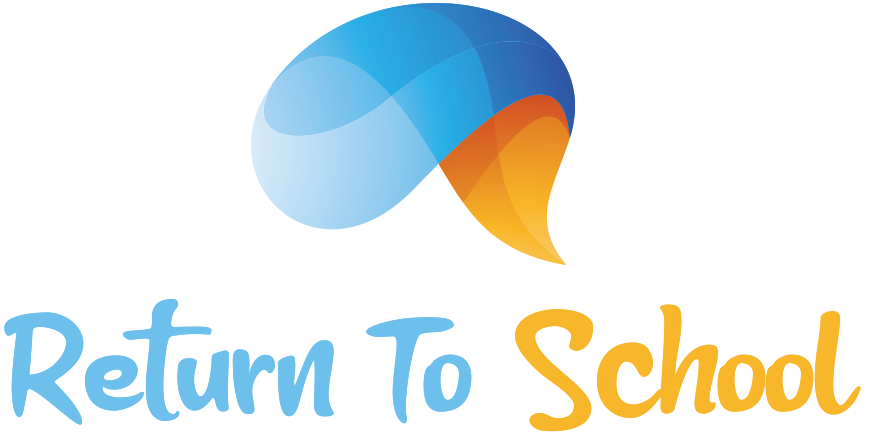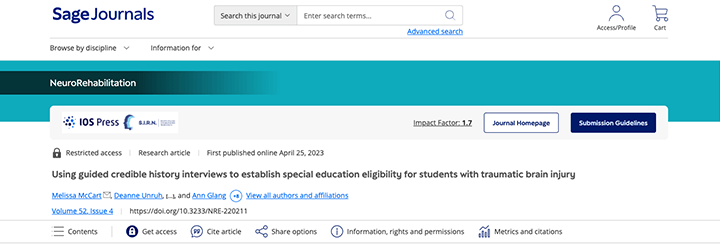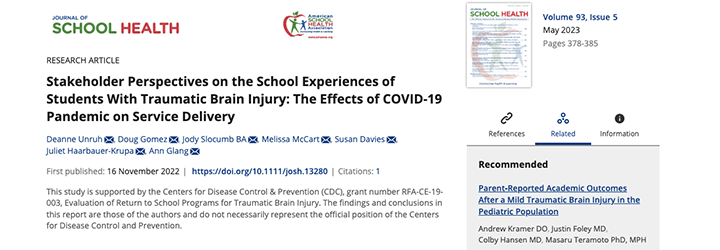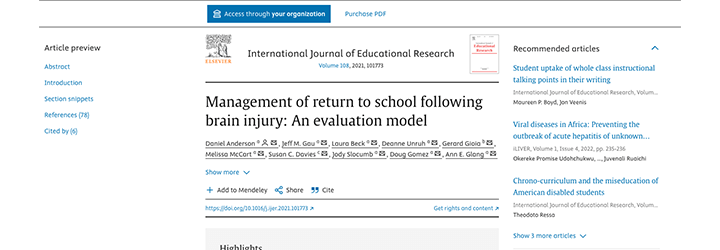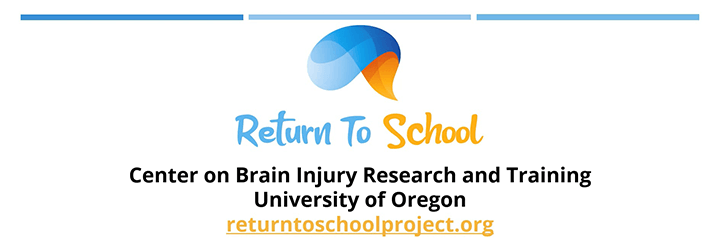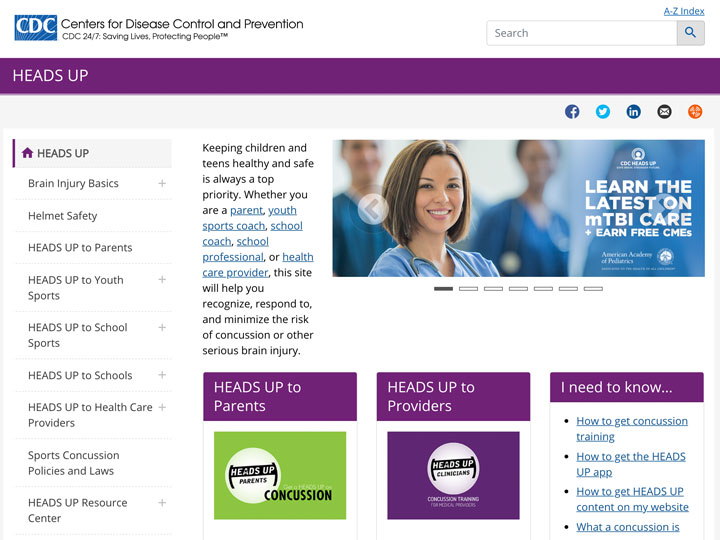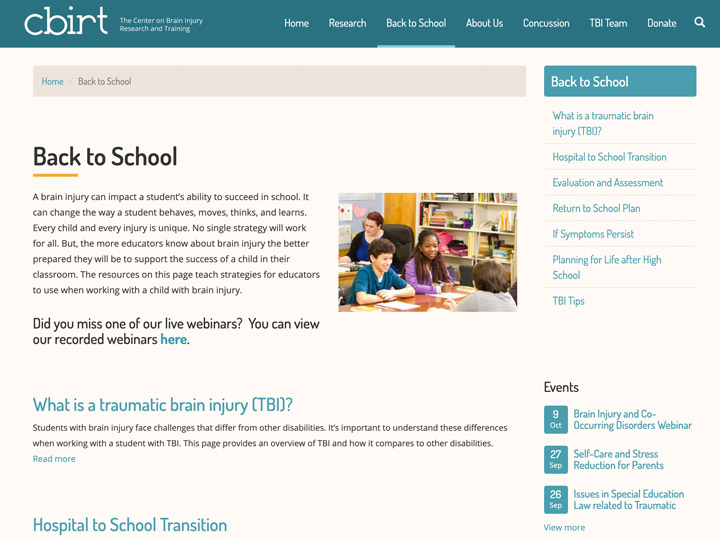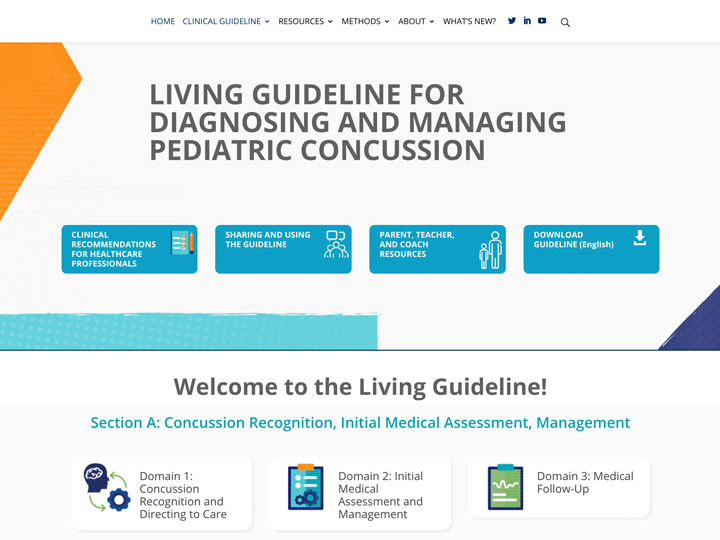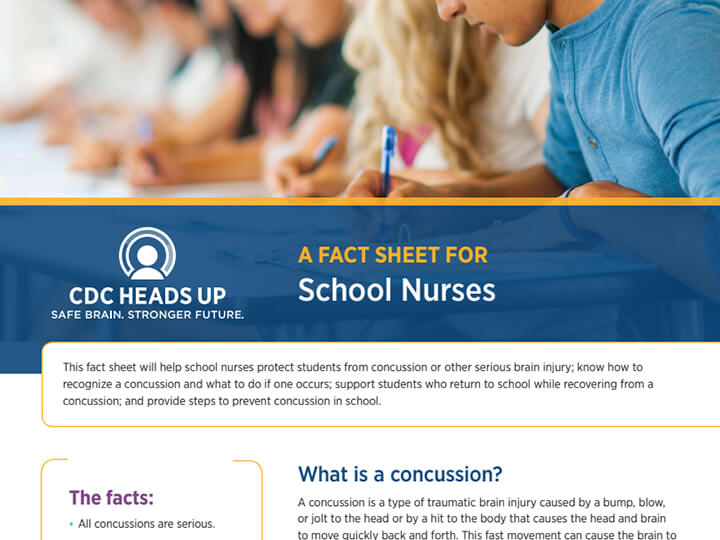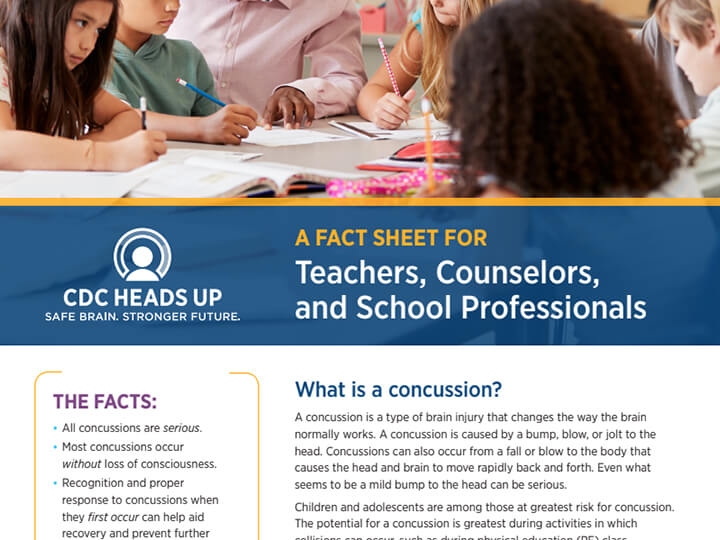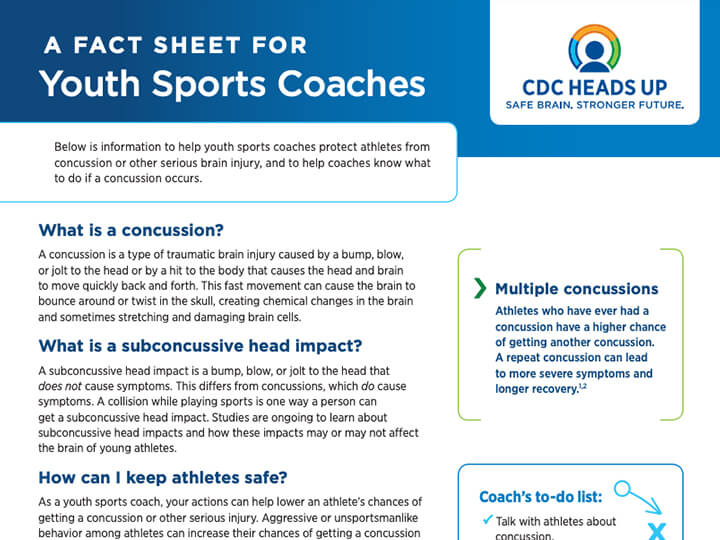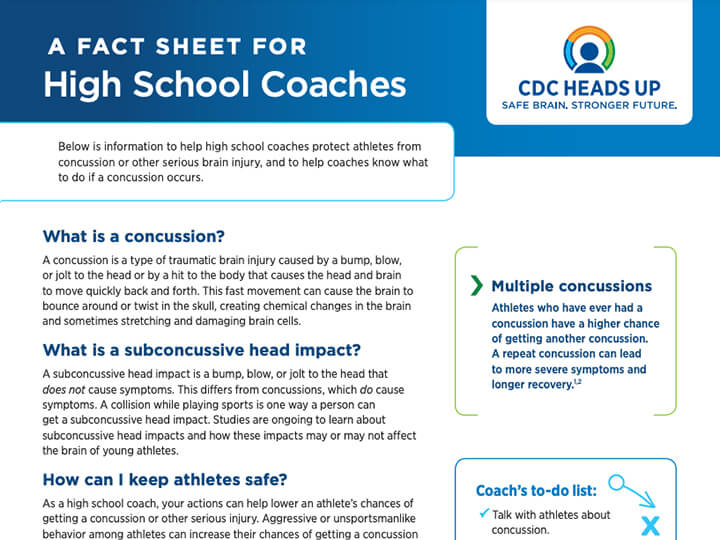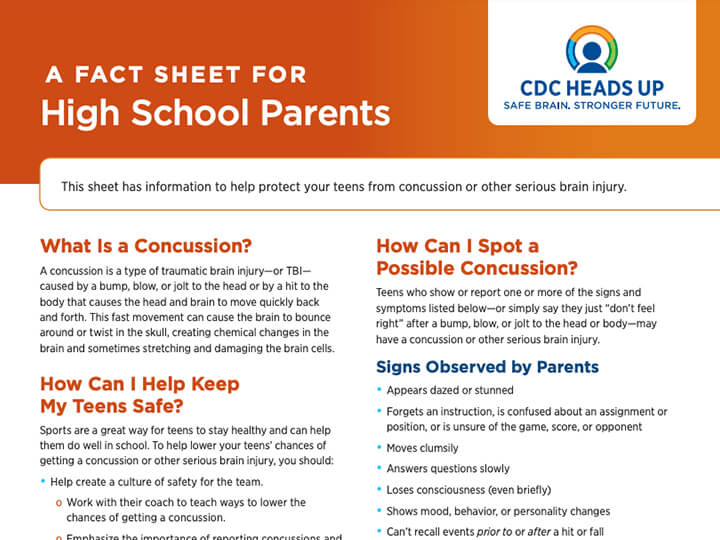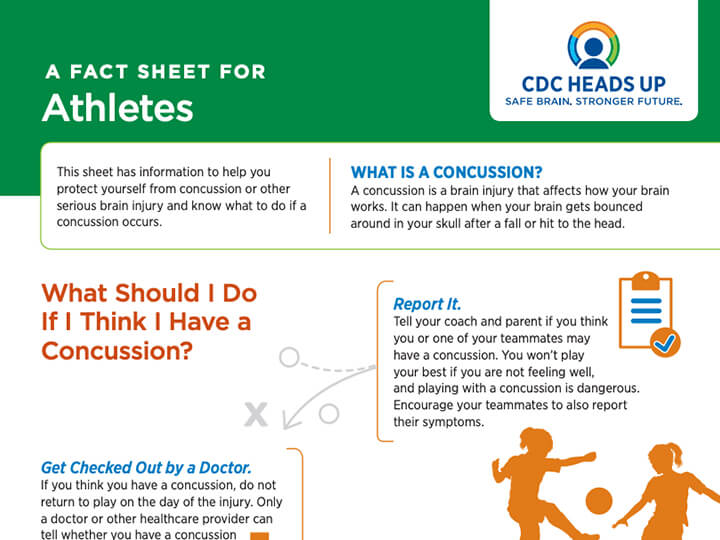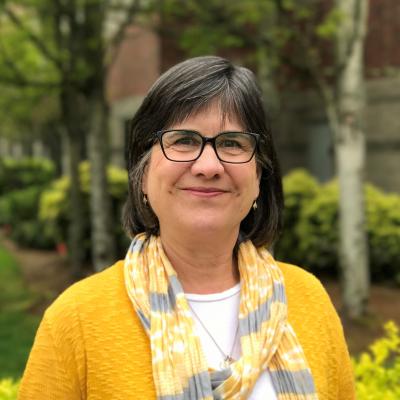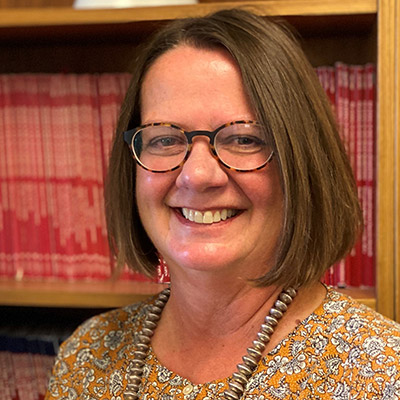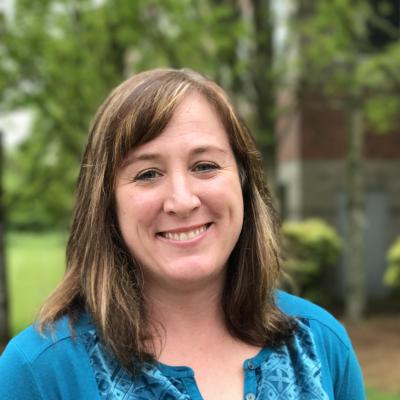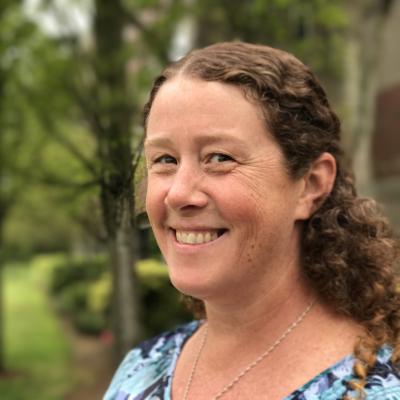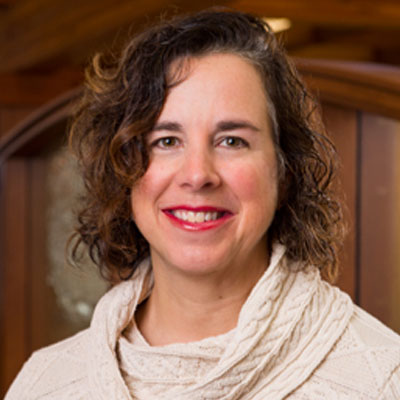Return To School Project
About
The Centers for Disease Control and Prevention awarded the Center on Brain Injury Research and Training (CBIRT) at the University of Oregon a 4-year, $2.2 million cooperative agreement to study an established Return to School (RTS) program for students with traumatic brain injury (TBI). The project was led by Ann Glang from CBIRT and Deanne Unruh from the College of Education.
“This research is unique in that it allows us to evaluate an existing model of support for students with brain injuries, rather than develop a new approach that may take years to translate into practice. This helps us close that research-practice gap. We look forward to working with our partners from the High Desert Educational Services District, Central Oregon schools, and medical colleagues from the Center Orthopedic & Neurosurgical Care & Research in Bend to learn more about the effects of this model on important student outcomes” said Ann Glang, past CBIRT Director.
